Photographer Spotlight Holger Obenaus
Our customers are not just dollar signs for us. We want to be a partner, someone who helps our client’s photography reach the next level. We love photography, and we’re always interested in showcasing the work of the people we partner with. Holger Obenaus is an extremely interesting and diverse photographer, with subject matter ranging from golf courses to architecture to food photography. We reached out to him recently to ask him questions about his new website and his work:
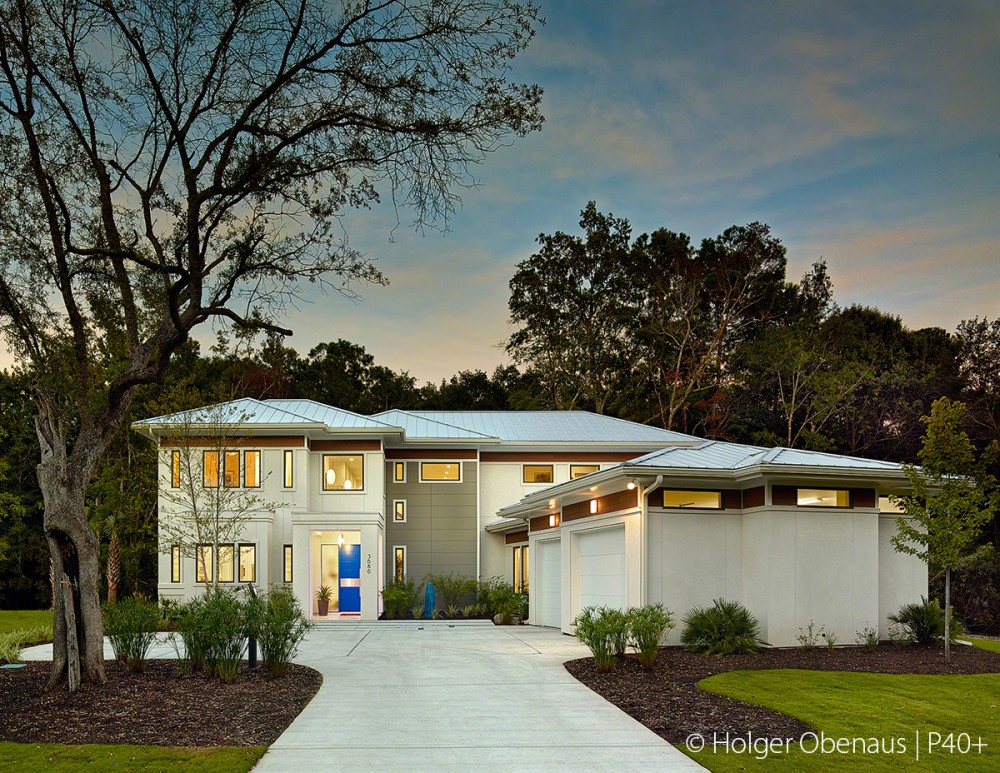
How did you get started with photography? Your work spans from food to architecture to golf courses; not the usual fare for a single shooter but a more diverse portfolio of work. How did you get to this point?
I have been a creative artist for most of my life. In the mid 1980s I toured as rock’n roll guitar player all over Europe. Being obsessed with the Beauty of Simplicity and my love for perfection, I have never stopped learning and improving my skill set. I studied music at the famous Musicians Institute in Hollywood, CA from which I graduated in 1990. Three years later I started writing songs for some of Germany’s most successful recording artists. Ten years later I had cut more than 100 songs by major label recording artists, #1 albums and singles in the international charts Germany and several Gold and Multi-Platinum Awards. In 2005, right after the advent of iPod and digital downloads, the music industry struggled heavily on a world-wide level. Nothing was as it used to be anymore. I decided that is was time to move on. I combined my life-long passion for fine-art and photography with my love for architecture and interior design. In 2007 I started my professional career as Commercial Photographer and have never looked back. I am incredibly thankful for my 20+ years in the music industry. They have taught me invaluable lessons in work-ethics, client-relations, how to deal with success and failure, but most importantly: to never give up. You can achieve everything, if you can envision it. Many people advised me not to become a photographer. The photography industry underwent the same issues as the music industry. The advent of affordable mega-pixel cameras and one-click post-production solutions turned everybody into a professional photographer. I realized, the only way to success was to find a niche, find your own signature-look and get off the beaten path. Very similar to music. Everything I do is still influenced by my musical background. Just like every famous producer developed a signature sound, based on unique production methods, I started to use unique combinations of equipment to achieve my “look”. I knew exactly what I was looking for, I just had to find the right tools. I call it the “Rock’n Roll”-approach. You have to know the rules, but once you do: Break them! I have heard the line: “This is not the way to do it!” a million times in my life, but the people who said it are still where they were when they said it. The ones who broke the rules moved to the next level. In terms of photography, I strongly believe I am still a musician. Colors and shapes in a photograph follow the same rules as harmony and rhythm in a song. The parallels are quite remarkable. There is a reason we use the term composition in both music and visual art! I have never quit being a composer, I have simply shifted the frequencies of the spectrum! Many people think that architectural photography and food photography are totally different disciplines and far removed from each other. I agree, but I also dare to disagree. To me the parallels are more than obvious. Microcosms and macrocosms. A masterfully created plate of food is like a tiny version of a perfectly designed and staged room. Color, texture, composition – same thing. It’s all about the light. Light follows the same rules no matter which size the object is. Of course I have to admit that I have always had an infatuation with architecture and I am obsessed with good food and I love to cook… Shooting golf courses started as therapy for me. I tend to be a control-freak at times. Especially when it is about light, I like to be able to control every aspect of it. When I am out on a golf course, I don’t have any control about what nature provides on that very day. It challenges me, it makes me “see” again. A very healthy process. Apparently I do something right. My clients love my work.
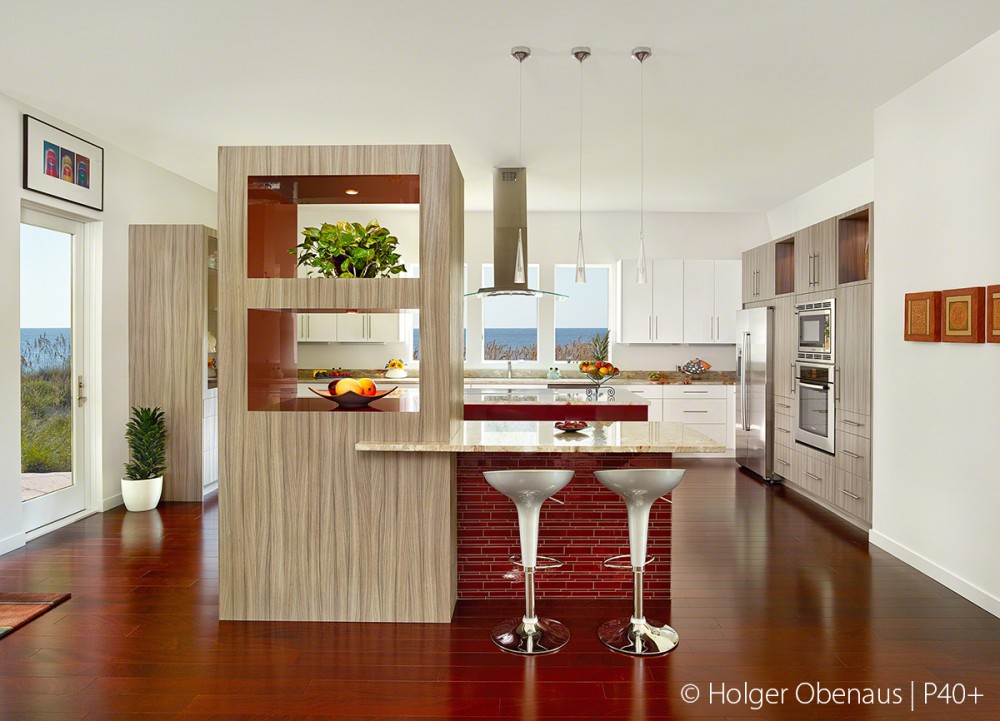
Why did you choose Capture Integration as your dealer for your gear needs?
As mentioned before, I started early on to go a different route in terms of equipment than most of the photographers I personally know. I had a specific “sound” in my head, I wanted to be able to incorporate the sonic warmth of “tape-compression”, generated by intentionally overdriving the recording process, into my visual renderings. Digital photography and digital audio recording share many similarities. I knew, I needed more head-room, a greater dynamic range than a regular digital camera would offer me. This is where Capture Integration came into the picture. When I started playing guitar, I loved hanging around in the local guitar store. I like to “deal” with real people rather than with super-stores. I know how important it is to have knowledgeable staff. If I have questions, they are very likely very specific. You cannot rely on the internet when it comes to preparing a demanding shoot. And when you have an average of 5 days of non-stop shooting per week at times, service and support is the biggest factor. Capture Integration made it possible to take the next step and they keep my business running from the technical side.
What is in your bag these days? What kind of gear do you use on each type of your shoots?
The center-piece of my standard gear is my Phase One P40+ Digital Back. Everything revolves around it. I pair it with different cameras and formats. The choice of camera highly depends on what I have to shoot. For my architectural work I use a Cambo Widebody RS with a Rodenstock Digaron 40 HR. Fantastic lens! I also use a Linhof Master Technika. Personally I love the analog “look” of the Schneider Super Angulon 75mm/f5.6. Many large format film photographers state that LF produces more three-dimensional images. I agree, but this is not necessarily connected to film, you get visually comparable results with a digital back. Large format lenses render images slightly different than MF lenses. I also noticed that older “analog” lenses, have a different aesthetic in “sharpness” compared to modern “digital” lenses. The older lenses feel like old tube-microphones. They have their short-comings, but they have character. My style of shooting is very clean, so I enjoy a bit of “dirt” from my lenses. For food photography I almost always use my Linhof Master Technika or my Linhof Kardan Master TL paired with the Phase One back. I need the Scheimpflug capabilities for my images. I have a nice collection of old lenses: Schneider Xenotar 135mm/f3.5, Kodak Aero Ektar 175mm/f2.5, Taylor Hobson Cooke 300mm – they all have character. The choice of lens depends on the look, the assignment and the client. In the end it is not about how good “sharp” looks, but how beautiful “out-of-focus” renders. For most of my editorial work I use the Phase One 645DF body with an assortment of Schneider leaf shutter lenses. 80mm LS, 55mm LS and the 180mm macro. Equally important for my work is my extensive range of Broncolor lighting. I am totally in love with the quality of Bron products. Standard equipment is my mobil kit, Unilites, Grafit and Scoro packs, and an assortment of specialty light shapers. I love the Balloon for architectural work, the Para 170 and Para 88 for editorial, Boxlite, Fresnell Spot and strip lights for food and product.
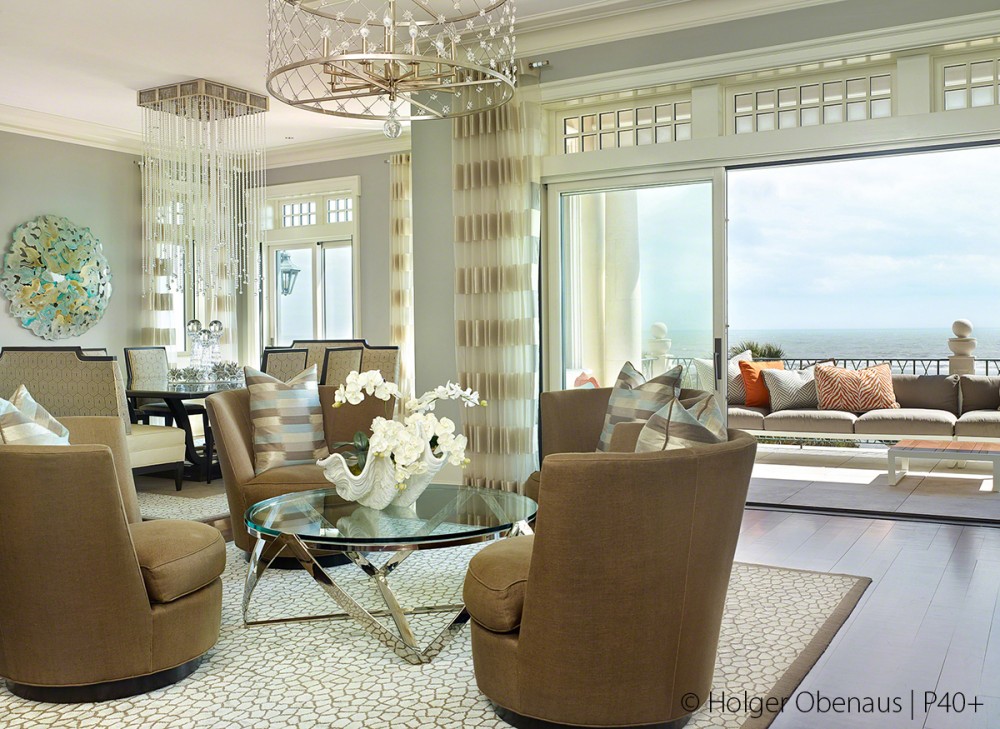
Medium format photography is, for a lot of photographers, a game changer when they start using higher resolution backs. What changed for you when you started using digital medium format?
Everything changed when I started using medium format. Looking back, I would go even further and say that it was the initiation to become a well-rounded photographer. It was the best and most important decision in my career. I love the dynamic range and I love the flexibility. Medium Format in combination with technical cameras made me slow down. I stopped relying on “automatic” or “autofocus”. I don’t want my camera to decide for me, I want to be in charge. Today I know my hyperfocals, I can literally “see” exposure times. Everything is second nature. It frees my mind to concentrate on the final result. I never liked being tied to one camera system. Phase One gave me the tools to expand further than I had initially thought would be possible.
Besides shooting, what’s do you do to get your mind off your photography?
Good question. I am a workaholic. However, I have never considered music as work, and I don’t consider photography as work either. It is a part of my life. It is a tool to express myself. When I don’t have a camera in my hands, I love to cook. Some of my friends think I should open a restaurant. But eventually my mind always comes back to: How can I shoot this dish…
Like many photographers, you’ve got a video section, one portfolio on each of your portfolios for golf, architecture, and food. Are you seeing an increased demand from clients for this type of work? How has that changed in the past few years?
I believe there is a growing demand for video due to the widespread use and ease of tablet and mobile devices. Videos can be extremely powerful, especially since sound and music are paired with the visuals. However, I am still convinced that there is a demand for great photography in editorial and advertisement work. If the viewer isn’t willing to spend a considerable amount of time to watch an entire video, the message might be lost. A great photograph does the job in a fraction of a second!
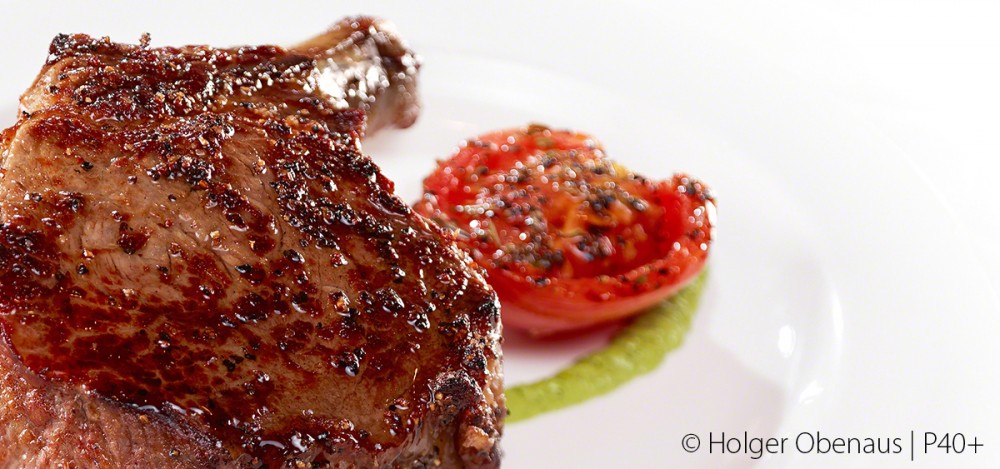
Golf course photography is something that’s a little more outside the mainstream than the usual photographer. What kind of challenges do you have photographically or logistically with this that you wouldn’t have in, say, portraiture?
Golf course photography challenges you on different levels. If you want to get an iconic image you have to satisfy both the demands of the marketing strategist who wants to have a spectacular sunrise or sunset shot and the golfer who wants to see the course the way it is being played. Depending on the layout of the course this may not always be possible. In addition, the lack of elevation can make it hard to showcase certain features of the course. The use of a lift can make longtime exposures very challenging depending on how much wind there is. Rain, fog, sand and dust are tough on the equipment. You never know what nature is going to deliver in terms of light. Scouting is extremely important. You have to be able to anticipate how the course will look at a different time of the day. A lot of people think it’s easy because you can shoot multiple exposures and create colorful HDR renderings. But, that is not the kind of product I want to deliver. My standards are very high. A great photograph has to be timeless and iconic.
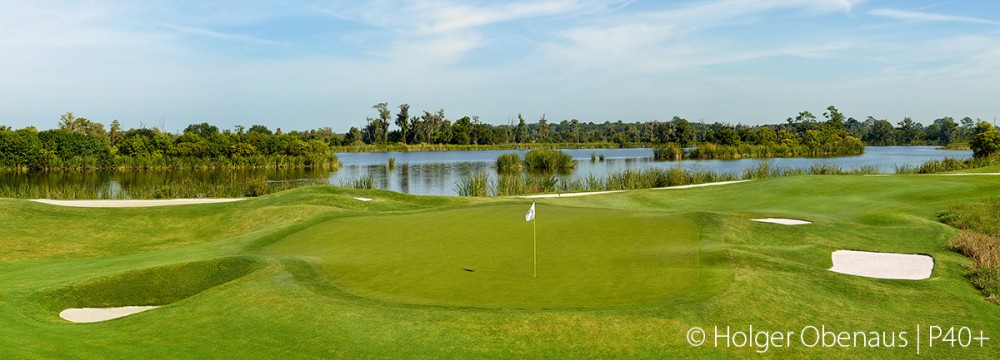
Do you find yourself employing a different type of workflow between the architecture and golf photography?
The workflow to shoot an architectural project is generally different from shooting a golf course. For interior photography, I use Broncolor lighting to balance inside and outside light or to create certain atmospheres. It is a slower, more time-consuming process per shot. I am less dependent on the weather. Sunshine is great, but with interiors I tend to like a slight overcast for softer light. However, more control also leads to more “fine-tuning.” I strongly believe in “Getting it right in the camera!” Golf courses demand a different approach. You should plan ahead, scout, anticipate. But when the light is right it is a very honest way of shooting. You have to be fast. The magic moments often happen when you don’t expect them. There is no time for second-guessing. Choose your lens, your filter and shoot! Sometimes you only have a minute to get the shot.
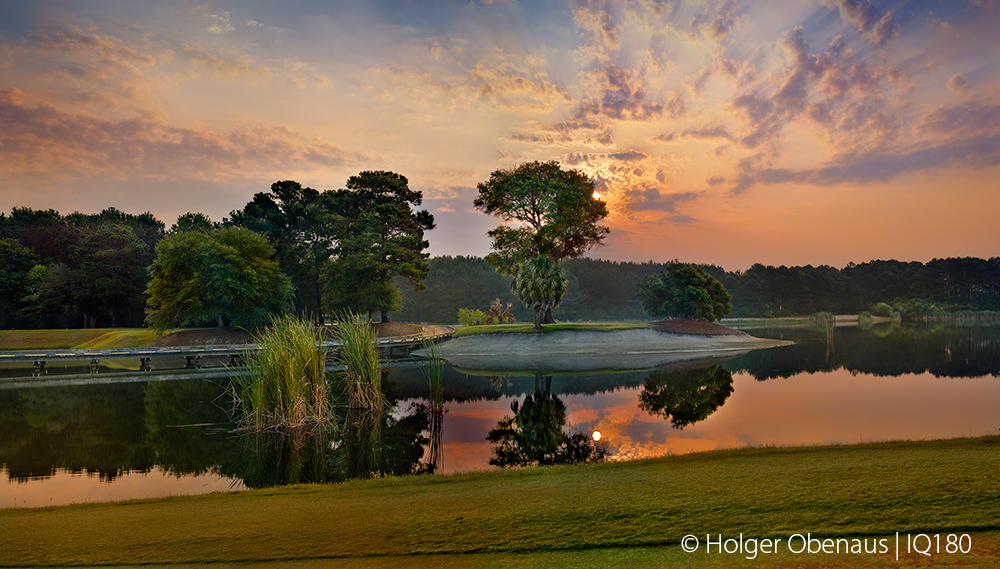
Is there anything that you wish you could see happen gear wise? What sort of limitations do you find yourself running into, or products you wish were made to fix that one little annoying workflow issue, or set problem?
There are little things that bug me. Triggering strobes over larger distances can be a challenge. I hate the unreliability of flash sync ports on older lenses. The hot shoe of the Phase One DF body has its known issues. But apart from that the quality of most of my equipment – Phase One, Broncolor, Linhof, Schneider – is amazing. It really pays to invest in top products. I wish I could reduce the weight of some of my gear, though…
Do you have any changes on the horizon for 2015 photographically?
To me it feels like, I have finally arrived “technically” – now it’s time to dig in “creatively.” I am working on the artistic side more than anything. Apart from my daily work, I am intending to share some of the knowledge I have gained over the last years. I have a brand new website and started a new blog. I am ready to Rock’n Roll!
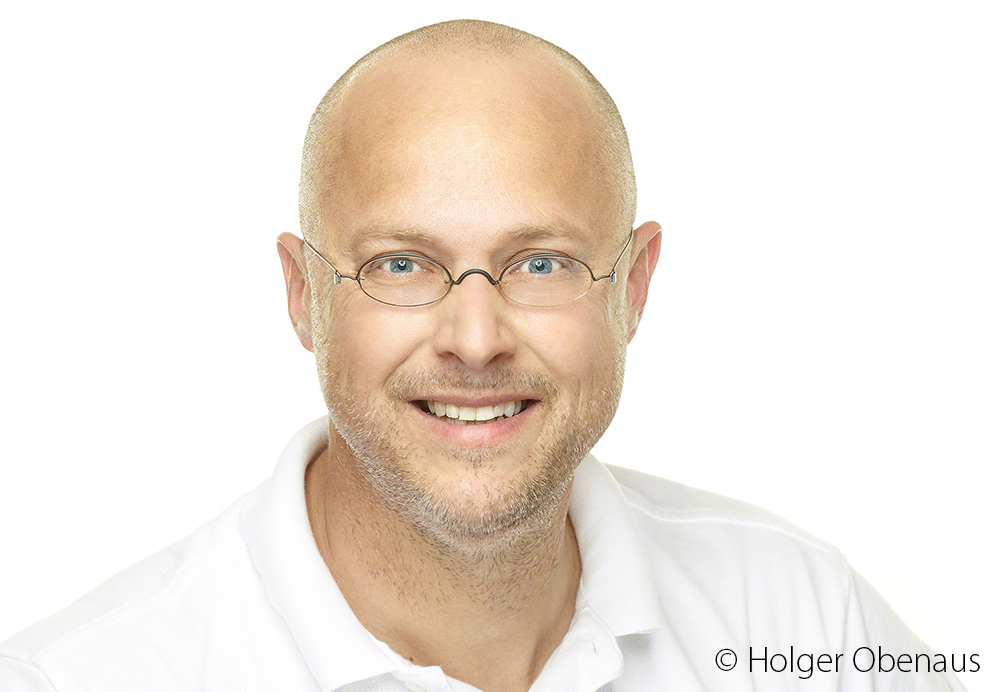
You can find more examples of Holger’s work below:
Website: http://www.holgerobenaus.com
Blog: http://www.holgerobenaus.com/blog/
Twtitter: http://twitter.com/charlestonfoto
Facebook: http://www.facebook.com/holgerobenaus



